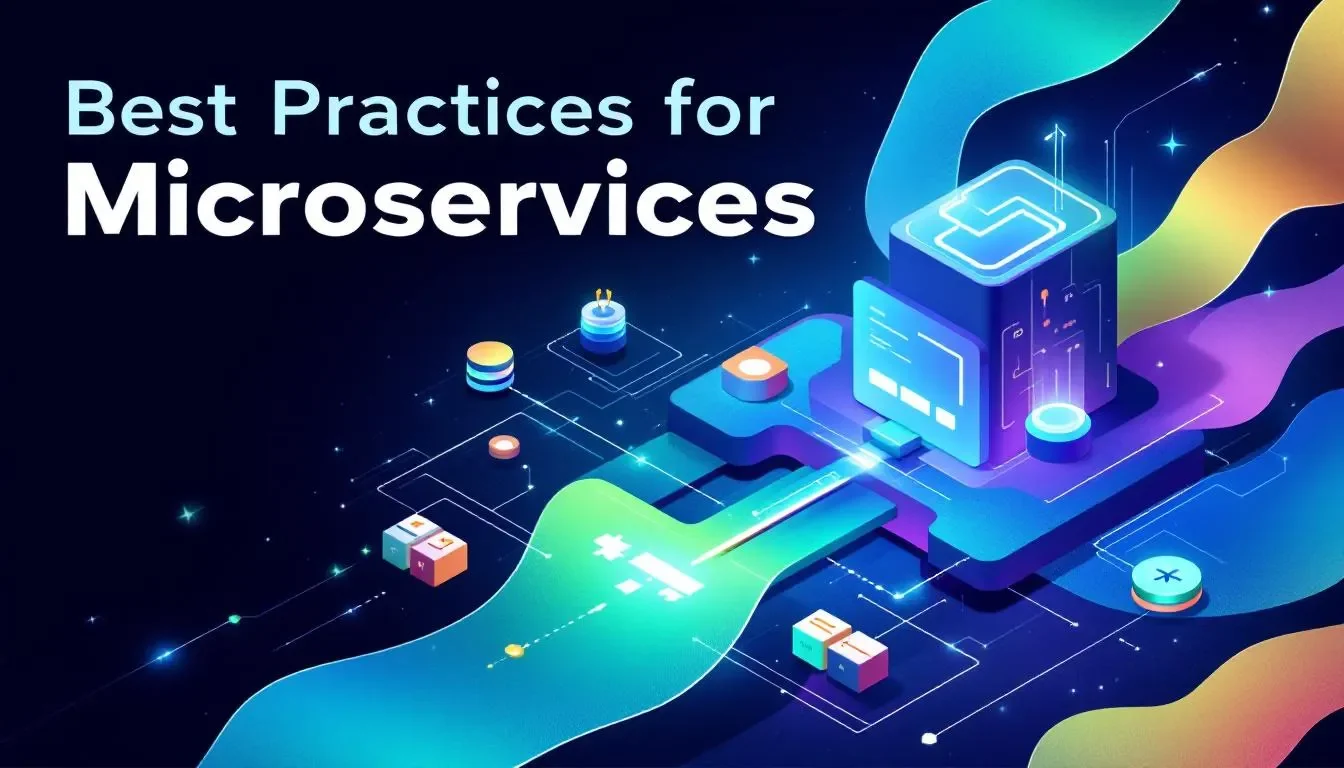To protect your systems from modern cyber threats, adopting a Zero Trust Security model is essential. This approach requires assessing your current security posture, mapping out critical assets, and strengthening identity and access management to ensure ongoing protection.
Understanding Zero Trust Security
Zero Trust Security is not a single product but a framework built on the principle of “never trust, always verify.” Every request—internal or external—must be authenticated, authorized, and continuously validated. Unlike traditional perimeter-based models, Zero Trust assumes that potential threats can come from anywhere.
By constantly verifying identities and access requests, Zero Trust reduces the attack surface and improves overall resilience. It’s especially effective in distributed environments where users, devices, and data span multiple networks. This approach helps organizations adapt to the complexity of modern infrastructure, protecting against advanced threats that traditional defenses often miss.
Assessing Your Current Security Posture
Before implementation, evaluate your existing security environment. Conduct regular audits to identify weaknesses, review past incidents for patterns, and use this data to prioritize improvements. Adopting a mindset of “assume breach” keeps your organization vigilant and ready to respond.
Centralizing security oversight across all cloud services is vital for consistent policy enforcement and monitoring. By understanding your existing vulnerabilities and controls, you establish a clear baseline for your Zero Trust roadmap.
Mapping Out Critical Assets and Data Flows
You can’t protect what you don’t know exists. Begin by inventorying all data, users, devices, and applications in your environment. This helps identify critical assets and weak points. Map how data moves through systems to understand where it’s most at risk.
Classify information by sensitivity, applying stricter access controls to high-value data. Knowing where your critical assets reside and how they’re used allows you to apply targeted protections that reduce risk across your infrastructure.
Implementing Strong Identity and Access Management
Identity and Access Management (IAM) is central to Zero Trust. Every access request should be verified through multi-factor authentication and contextual analysis—evaluating user identity, device health, and location.
Using tools like policy engines ensures that access decisions are dynamic and risk-based. Privileged Access Management (PAM) further enhances security by limiting administrative permissions to approved users for limited durations. Continuous Access Evaluation ensures that if a threat is detected, access can be revoked immediately.
Enforcing Least Privilege Access
The least privilege principle limits users to only the access necessary for their roles. Role-based access control (RBAC) and adaptive policies help ensure permissions align with business needs. Just-in-Time and Just-Enough-Access models provide temporary, minimal permissions for sensitive actions.
This dynamic access model reduces the risk of insider threats and minimizes potential damage from compromised accounts by narrowing the window of opportunity for attackers.
Dynamic Policy Enforcement
Zero Trust requires policies that adapt to context in real time. Access decisions should account for multiple signals such as identity, device compliance, and user behavior. Automation helps ensure that authorization services remain responsive and scalable.
Testing policies before deployment prevents disruptions and ensures accuracy. A flexible authorization framework allows organizations to adapt to changing regulations and evolving threats without sacrificing performance.
Microsegmentation for Enhanced Security
Microsegmentation isolates workloads into smaller segments, applying custom security policies to each. By containing threats to specific zones, you limit their ability to move laterally within the network.
This approach provides fine-grained control over access and is particularly effective in cloud and containerized environments. Each segment can have tailored authentication rules, reducing exposure even if one area is compromised.
Continuous Monitoring and Threat Intelligence
Continuous monitoring ensures ongoing verification of users, devices, and network activity. Integrating real-time threat intelligence enables faster detection of anomalies and potential intrusions.
Behavioral analytics can identify suspicious activity that deviates from normal patterns, triggering automated responses to contain threats quickly. Regular compliance checks ensure that controls remain effective and aligned with evolving standards.
Securing Endpoints and Devices
Endpoints are common entry points for attackers. Regularly update and patch devices, enforce compliance checks before granting access, and remove compromised devices from the network immediately.
Registering devices with cloud identity providers enables consistent security policies and visibility across all endpoints. This unified approach ensures that only secure, trusted devices connect to critical resources.
Addressing Challenges with Legacy Systems
Legacy systems often rely on outdated security models. Implement Zero Trust gradually, starting with the most vulnerable assets. For older systems that can’t support modern controls, use security proxies or isolate them in restricted zones with enhanced monitoring.
Supplement with encryption and strict access restrictions to protect data moving through legacy environments until full modernization is feasible.
Multi-Cloud Considerations
Maintaining consistent security across multiple cloud providers can be challenging. A Zero Trust framework helps unify access policies and improve visibility across platforms.
Enforce uniform authentication standards, centralized logging, and threat intelligence integration for all environments. By standardizing controls, you reduce complexity and ensure a cohesive defense strategy across your multi-cloud ecosystem.
Regularly Updating and Improving Security Measures
Zero Trust is not a one-time deployment—it’s a continuous process. Monitor key metrics such as response times, policy violations, and threat detection rates to track progress.
Automate updates for security tools and apply AI-based analytics to identify emerging threats. Regularly revisit and refine your controls to adapt to new technologies and risks, keeping your defenses strong and proactive.
Summary
Implementing Zero Trust Security transforms how organizations approach protection. By assessing your current posture, mapping critical assets, and enforcing strict identity controls, you build a resilient defense that adapts to modern threats.
Through least privilege access, continuous monitoring, and dynamic policy enforcement, your systems remain secure even as environments evolve. The Zero Trust model isn’t a one-time project—it’s a continuous journey of assessment, verification, and improvement. Adopting this mindset creates a stronger, more secure foundation for your software architecture and your organization’s future.



